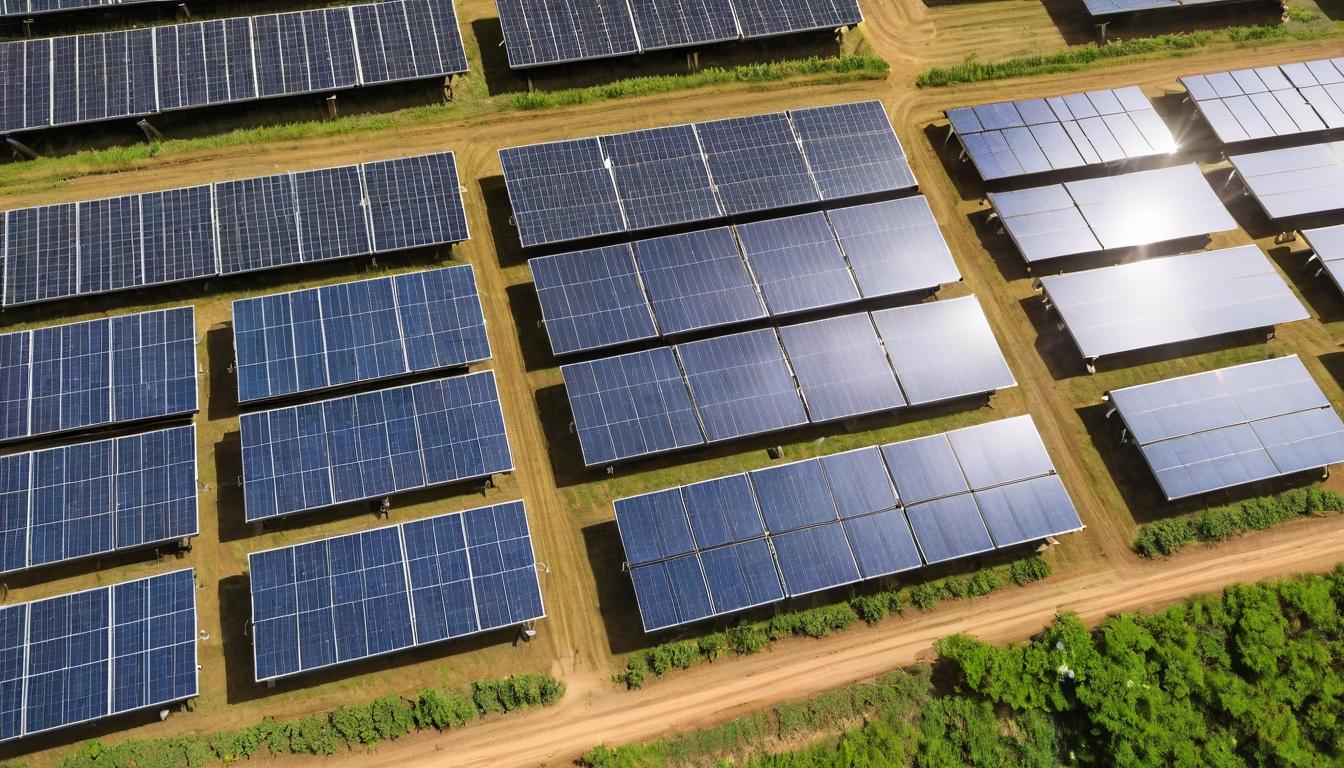The sun doesn't just power panels anymore—it's rewriting the rules of our energy system. While rooftop installations continue their march across American neighborhoods, the real transformation is happening where most people never see it: in the algorithms managing our grids, the batteries storing sunset's bounty, and the policies shaping our energy future.
Walking through any suburban development today reveals a landscape dotted with dark rectangles catching sunlight. But beneath this visible transformation lies a more profound shift. Utilities that once saw solar as a threat are now embracing it as salvation. The conversation has moved from whether we should adopt solar to how we can integrate it intelligently into a grid designed for a different era.
Battery storage has become solar's indispensable partner. The numbers tell a compelling story: while solar installations grew 35% last year, battery attachments to those systems surged by over 200%. Homeowners aren't just generating power anymore—they're creating personal power plants that operate around the clock. This changes the fundamental economics of energy, turning consumers into what industry insiders call 'prosumers' who both consume and produce.
Manufacturing innovations are driving costs down in ways that seemed impossible a decade ago. Perovskite solar cells, once laboratory curiosities, are now entering commercial production with efficiencies that challenge conventional silicon. Meanwhile, bifacial panels that capture light from both sides are becoming standard on large installations, squeezing every possible watt from available space.
The international trade landscape continues to reshape domestic manufacturing. Tariff policies and supply chain disruptions have created both challenges and opportunities for American solar companies. While some manufacturers struggle with component shortages, others are building entirely new production facilities on American soil, betting that local manufacturing will become a competitive advantage.
Community solar projects are democratizing access in ways that individual rooftop systems cannot. For the 75% of Americans who can't install solar directly—because they rent, have shaded roofs, or lack upfront capital—shared solar arrays offer a path to clean energy participation. These projects are popping up on landfills, over parking lots, and on commercial buildings, turning underutilized spaces into community assets.
Grid modernization represents the invisible backbone of the solar transition. Utilities are deploying smart inverters that can stabilize grid voltage, advanced meters that communicate in real-time, and sophisticated software that predicts solar output hours or days in advance. This technological layer makes high solar penetration possible rather than problematic.
The workforce development story remains one of solar's most compelling narratives. While other energy sectors shed jobs, solar employment continues its steady climb. Training programs at community colleges, union apprenticeships, and veteran transition initiatives are creating career pathways that don't require four-year degrees but offer family-sustaining wages.
Financing innovation continues to lower barriers. New models are emerging that require no money down while still delivering immediate savings. Property Assessed Clean Energy programs allow homeowners to pay for systems through their property taxes, while community-based lending circles are helping lower-income households access the technology.
Policy remains the wild card that can accelerate or hinder progress. The Investment Tax Credit's extension provided market certainty, but state-level net metering battles continue to create uncertainty. Meanwhile, new approaches like value-of-solar tariffs attempt to more accurately compensate solar owners for the multiple benefits their systems provide to the grid.
The environmental justice dimension is gaining prominence as the industry matures. Early solar adoption skewed toward wealthier households, but targeted programs are now bringing benefits to environmental justice communities. From solar on affordable housing to job training in underserved neighborhoods, the industry is confronting its equity challenges.
Looking ahead, the integration of solar with other technologies promises even greater transformation. Electric vehicles charged by solar panels create mobile storage, while smart thermostats can shift energy use to align with solar production. These connections turn individual technologies into an integrated system that's greater than the sum of its parts.
The solar story is no longer just about clean energy—it's about resilience during power outages, local economic development, technological innovation, and community empowerment. As the industry evolves from niche to mainstream, it's bringing with it a reimagining of what's possible in our energy future.
The solar revolution: beyond panels and into the grid's future




